Training Services and Personal Guidance
.png?width=420&height=280&name=D85_3494%20(2).png) NIFS offers several services to help you take your fitness to the next level. Here’s how you can get started:
NIFS offers several services to help you take your fitness to the next level. Here’s how you can get started:
Schedule a free Strategy Session with one of our trainers to receive your free yearly BodPod and NIFS 3D scan. These assessments provide insights into your body fat percentage and measurements, helping you set realistic fitness goals. A trainer will explain your assessment results and use them to create a personalized workout program tailored to your needs. Your trainer will guide you through the initial workouts and provide ongoing accountability. After 6-8 weeks, you can update your program to stay motivated.
For one-on-one guidance, NIFS offers personal training sessions in 30- or 60-minute increments to ensure you stay on track. You can also enjoy closer guidance in a supportive group setting with Small Group and High-Intensity Interval Training, making your fitness journey more engaging and affordable.
Group Fitness Classes
Your NIFS membership includes unlimited access to our group fitness schedule! Join a variety of classes led by our expert coaches, including boxing, yoga, and Pilates. These classes cater to all fitness levels, making them perfect whether you’re discovering a new activity or enhancing your current routine. Working out in a group also adds a sense of community and extra motivation.
Specialty Training Programs
Looking to focus on a specific goal or event? Explore these exciting options:
The Mini Marathon Training Program offers a community-driven approach to race training. No matter your pace, you’ll find support to prepare for the big day. Launching in 2025, the Powerlifting Program is perfect for members who want to get stronger and master their squat, bench, and deadlift. The DEKA Training Program helps you conquer all 10 stations of this unique challenge with guidance from our training staff.
Our training staff and group fitness coaches are here to help you determine which services, classes, or programs best fit your needs. Meet with us, explore your options, and start achieving your fitness goals today!
Hope to see you soon!


 Setting a routine requires a blend of creativity, discipline, and intentional planning. A healthy routine aligns with your long-term goals and fosters self-fulfillment. To build a lasting routine, start by envisioning your happiest and most successful self. What does your ideal day look like? How do you feel? Who are you with? Visualizing this future can provide clarity and inspire you to take action.
Setting a routine requires a blend of creativity, discipline, and intentional planning. A healthy routine aligns with your long-term goals and fosters self-fulfillment. To build a lasting routine, start by envisioning your happiest and most successful self. What does your ideal day look like? How do you feel? Who are you with? Visualizing this future can provide clarity and inspire you to take action.
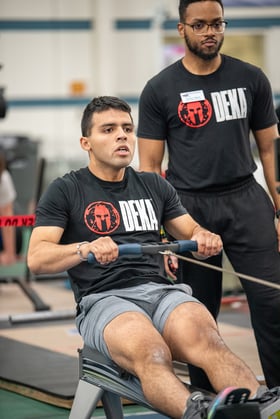
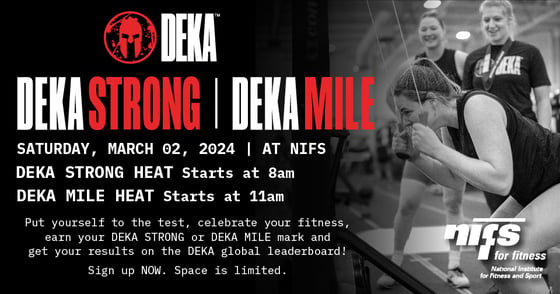
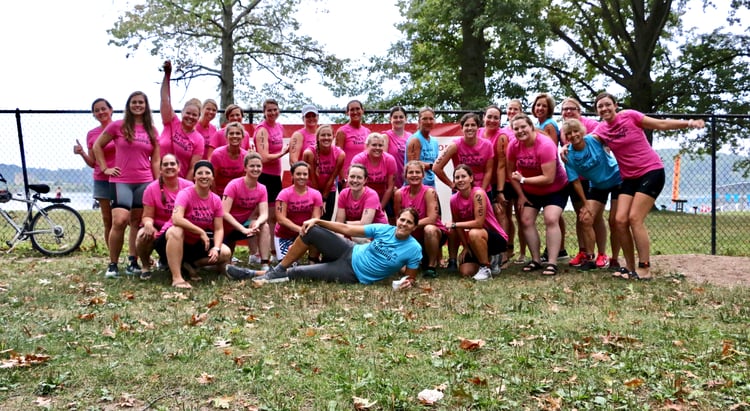
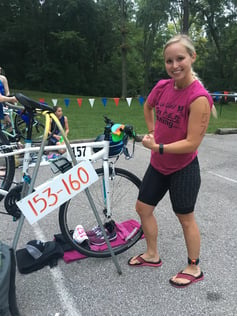
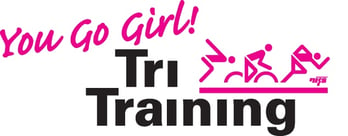

 There’s always an assumption that fitness professionals work out 2 hours a day, 7 days a week. They eat healthy all day long and never have any junk food. Basically people think that we are perfect and never make mistakes. I have been in the health and fitness industry for more than 10 years now and I can honestly say that couldn’t be further from the truth.
There’s always an assumption that fitness professionals work out 2 hours a day, 7 days a week. They eat healthy all day long and never have any junk food. Basically people think that we are perfect and never make mistakes. I have been in the health and fitness industry for more than 10 years now and I can honestly say that couldn’t be further from the truth.
 You’ve told yourself that it would just be one “cheat meal,” but the next thing you know that one meal turns into everyday meals and you feel like you have fallen so far off the wagon that there’s no getting back on.
You’ve told yourself that it would just be one “cheat meal,” but the next thing you know that one meal turns into everyday meals and you feel like you have fallen so far off the wagon that there’s no getting back on.  In my last blog,
In my last blog, 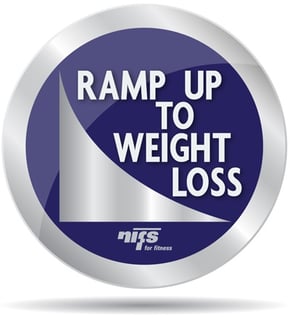 Ramp Up to Weight Loss
Ramp Up to Weight Loss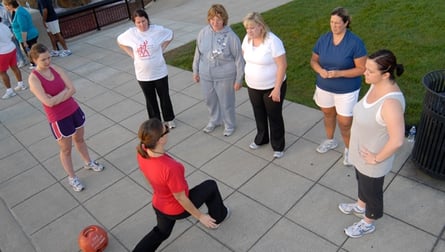 The ultimate goal by the end of the 16 weeks is to make sure you feel confident in your own abilities to continue the journey that you are on. Whether you are struggling with nutrition, knowing what to do in the gym, sleep, or stress management, this program provides resources to teach you how to handle these situations in ways that will aid you in achieving goals. We start by setting one long-term goal, then break it down into short-term goals to act as stepping stones to get there. After all of the goals are finalized, we look at what action steps can be taken to achieve them. Setting realistic goals is essential for staying on track, and reaching them builds confidence in your abilities.
The ultimate goal by the end of the 16 weeks is to make sure you feel confident in your own abilities to continue the journey that you are on. Whether you are struggling with nutrition, knowing what to do in the gym, sleep, or stress management, this program provides resources to teach you how to handle these situations in ways that will aid you in achieving goals. We start by setting one long-term goal, then break it down into short-term goals to act as stepping stones to get there. After all of the goals are finalized, we look at what action steps can be taken to achieve them. Setting realistic goals is essential for staying on track, and reaching them builds confidence in your abilities.
 Does the idea of swimming in the nice early-morning summer sun excite you? Does riding along the hilly but beautiful road at Eagle Creek get you smiling? Does doing a challenging run through Eagle Creek Park drive up your endorphins? Then you need to think about doing a triathlon this year.
Does the idea of swimming in the nice early-morning summer sun excite you? Does riding along the hilly but beautiful road at Eagle Creek get you smiling? Does doing a challenging run through Eagle Creek Park drive up your endorphins? Then you need to think about doing a triathlon this year.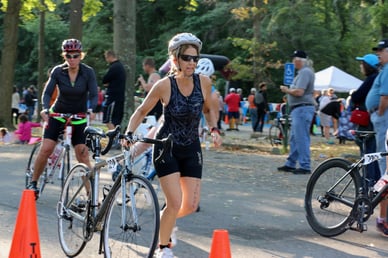
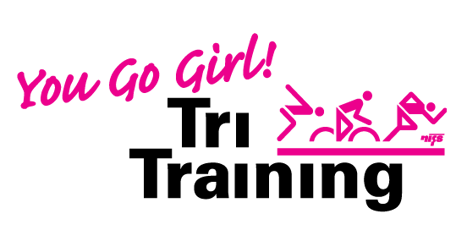
 Getting healthy and losing weight go hand in hand. If your goal is to get healthy and lose weight, I need you to RELAX! No, really! Relaxing is good for you, and managing stress effectively doesn’t only help with weight loss; it makes us healthier overall. So sit back, relax, and read on for more tips.
Getting healthy and losing weight go hand in hand. If your goal is to get healthy and lose weight, I need you to RELAX! No, really! Relaxing is good for you, and managing stress effectively doesn’t only help with weight loss; it makes us healthier overall. So sit back, relax, and read on for more tips.